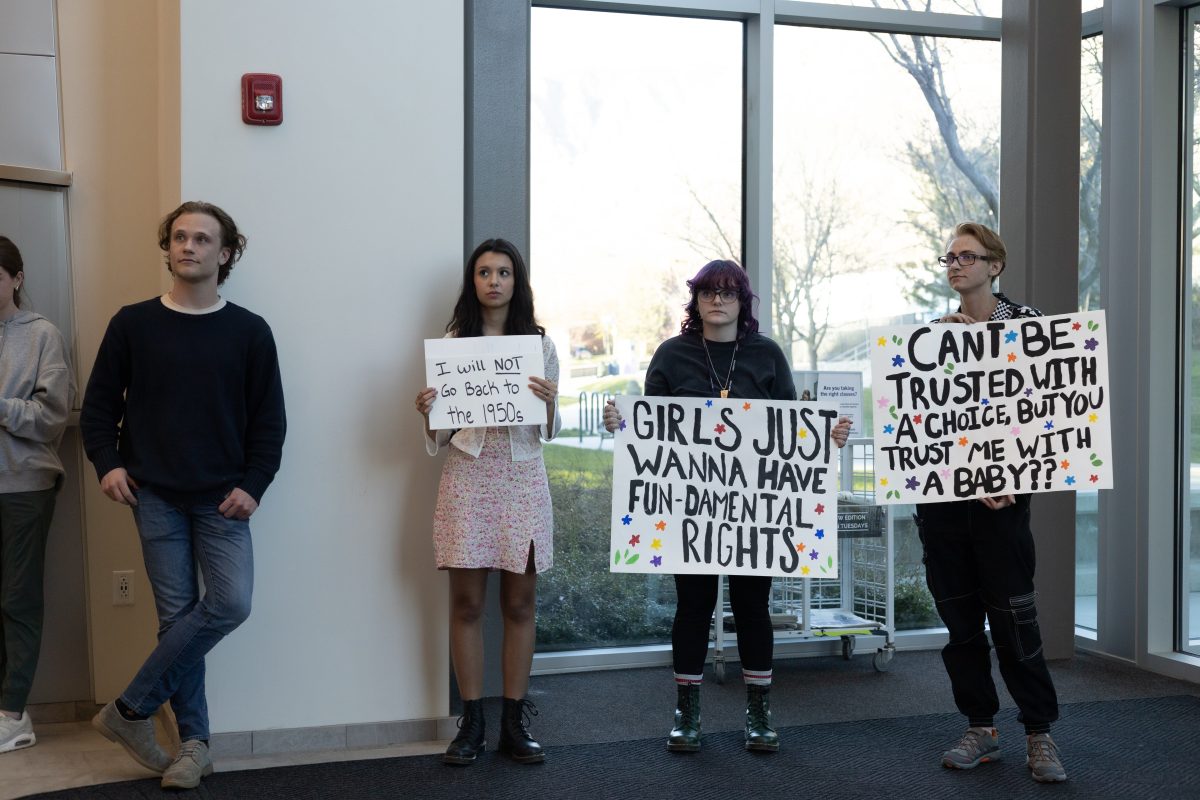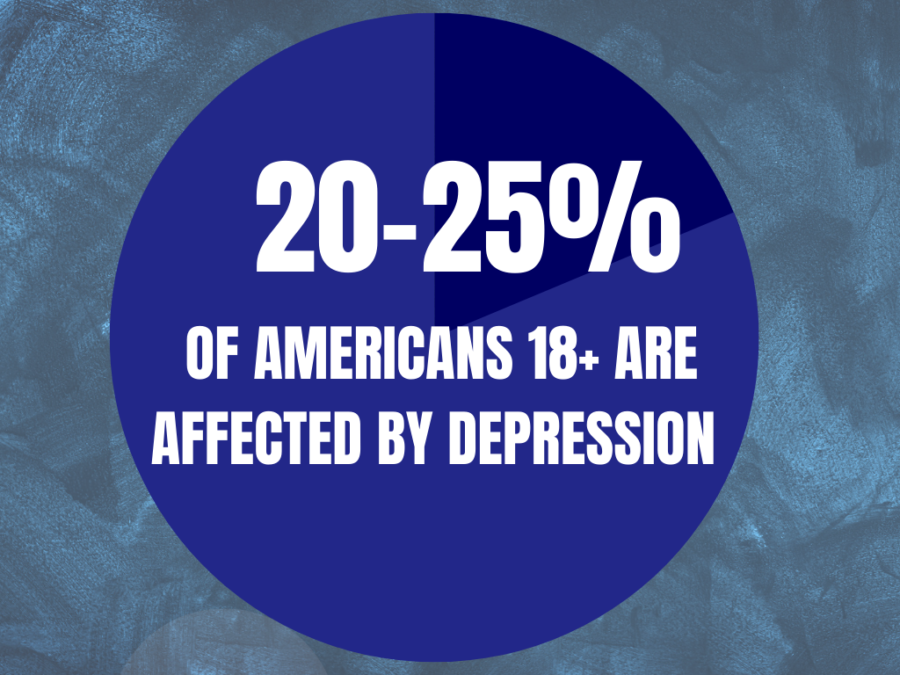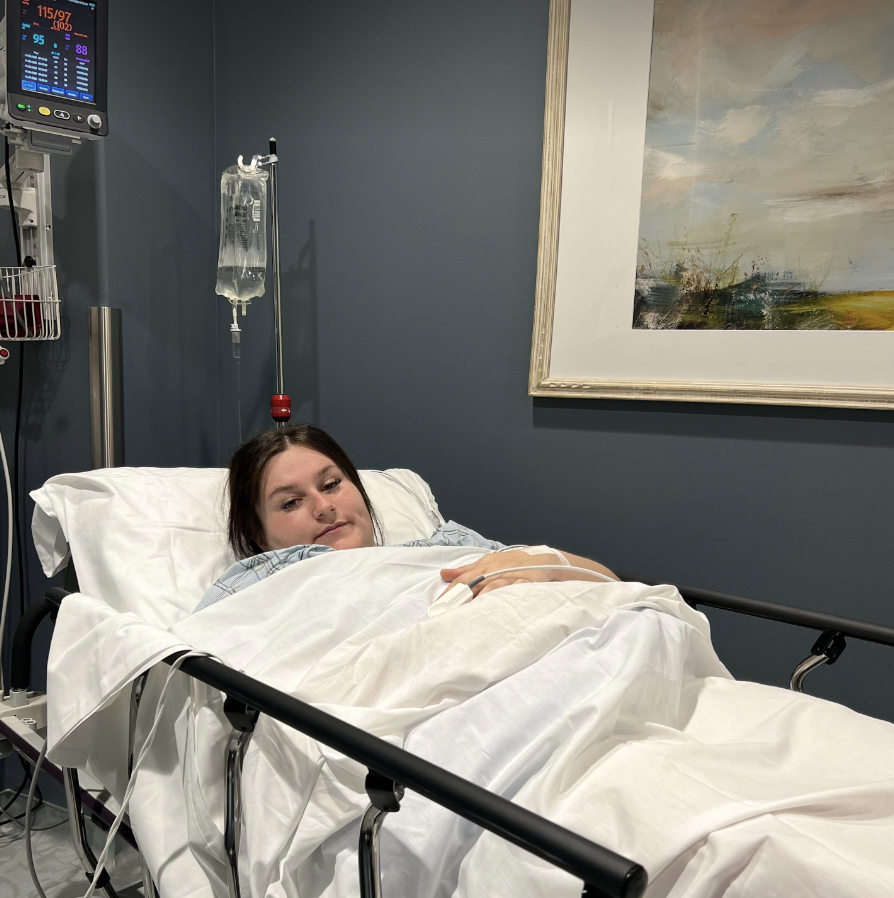 At Weber State University, it’s not uncommon for students to put off taking developmental math courses, which include any math course below 1050. The developmental math department has worked to make the process as painless as possible. There are currently three course options for students, each with varied results: TERM (Technology-Engineered Redesigned Mathematics), Fast Track and Flipped Courses.
At Weber State University, it’s not uncommon for students to put off taking developmental math courses, which include any math course below 1050. The developmental math department has worked to make the process as painless as possible. There are currently three course options for students, each with varied results: TERM (Technology-Engineered Redesigned Mathematics), Fast Track and Flipped Courses.
Students who have taken any developmental math classes before the fall 2012 semester will be most familiar with the TERM approach. Students meet with their instructor once a week and do homework in the Hub computer lab. Time spent in the Hub is used to demonstrate mastery of the 10 different modules through quizzes, tests and a final exam. While professors and tutors are available to provide help to students who ask for it, the majority of students spend their time in the Hub learning on their own.
Sophomore Natalie Laramie said she had a rough time with the TERM course in the beginning, but took advantage of WSU’s tutoring program to help her get ahead.
“I had a really hard time with 990 . . . It seemed like it took so long for me to grasp the concepts,” Laramie said. “But this semester in 1010, I have been good with everything. I’ve caught on and I’m rollin’ now. I have had a personal tutor this semester and that has helped.”
WSU currently offers one-on-one tutoring in person through the Hub, and access to online tutoring through eTutoring.org.
Fast Track, the second option offered for developmental math students, works in a similar manner to the TERM approach.
“Fast Track allows students to move quickly through a course by demonstrating knowledge of a module without having to complete homework for that module . . . The Fast Track quizzes allow students to demonstrate mastery on any module and to skip to the next module,” said Kathryn Van Wagoner, developmental math director.
Flipped Courses flip the format of teaching, homework and the traditional classroom by having students learn the material before coming to class through online videos, textbook readings and taking notes. Students then meet for the two-hour, four-days-a-week class time, which focuses on material questions and assignments. During class, students work in groups and with professors to complete the course assignments.
All students stay on the same schedule, though students who are unable to meet the requirements of the Flipped Course will be transferred to a regular TERM course for the opportunity to earn credit.
Developmental math professor David Imig said it can be a good fit for students who have previously struggled in math.
“In my 10 years of teaching math at Weber State, these are the only classes where I have seen students giving each other high fives in class and occasionally are saying to each other, ‘This is fun,'” Imig said.
Van Wagoner stressed that, while there are positive results from this, Flipped Courses are only for students who “want more time in class with an instructor, want to follow a set schedule to complete the course, want to learn in a collaborative environment (and) want to work hard to succeed.”
Dustin Hardmann, a psychology sophomore, is currently enrolled in Imig’s Flipped Course for Math 1010.
“Let the numbers speak for themselves: I’ve taken three Math 1010 courses and failed them dramatically,” Hardmann said. “If you don’t take the inverted option, you’re basically shooting yourself in the foot. . . . It’s never easier; it’s just more organized. You still have to learn how to do it, but you have a lot better pathway to learn how to do it.”
In fall 2012, the success rate (calculated by the number of students who passed divided by the number of students who worked through to the end of the course) of the TERM Math 1010 classes was 61 percent, while the success rate of the flipped 1010 classes was 85 percent.
“My friend is in the regular math class, and (I don’t know) how she does it — it would stress me out, trying to get everything done at once,” said communications freshman Emma Welker. “I’m retaining more information and getting it through on a steady pace. If we have questions or are struggling with something, our teacher . . . has time designated to help us.”
Jordan Utley of the psychology department said she believes flipped classrooms are more likely to be helpful to all students in the long run, no matter the subject.
“Some faculty will never embrace that the student actually prefers the flipped method,” Utley said. “Our graduates will likely work in teams and have jobs that require different levels of communication and leadership. The flipped classroom not only promotes students prosumers (production and use of content) — it mimics situational learning and interactivity that will prepare them for life.”




















